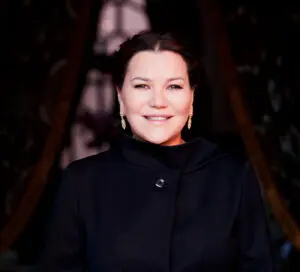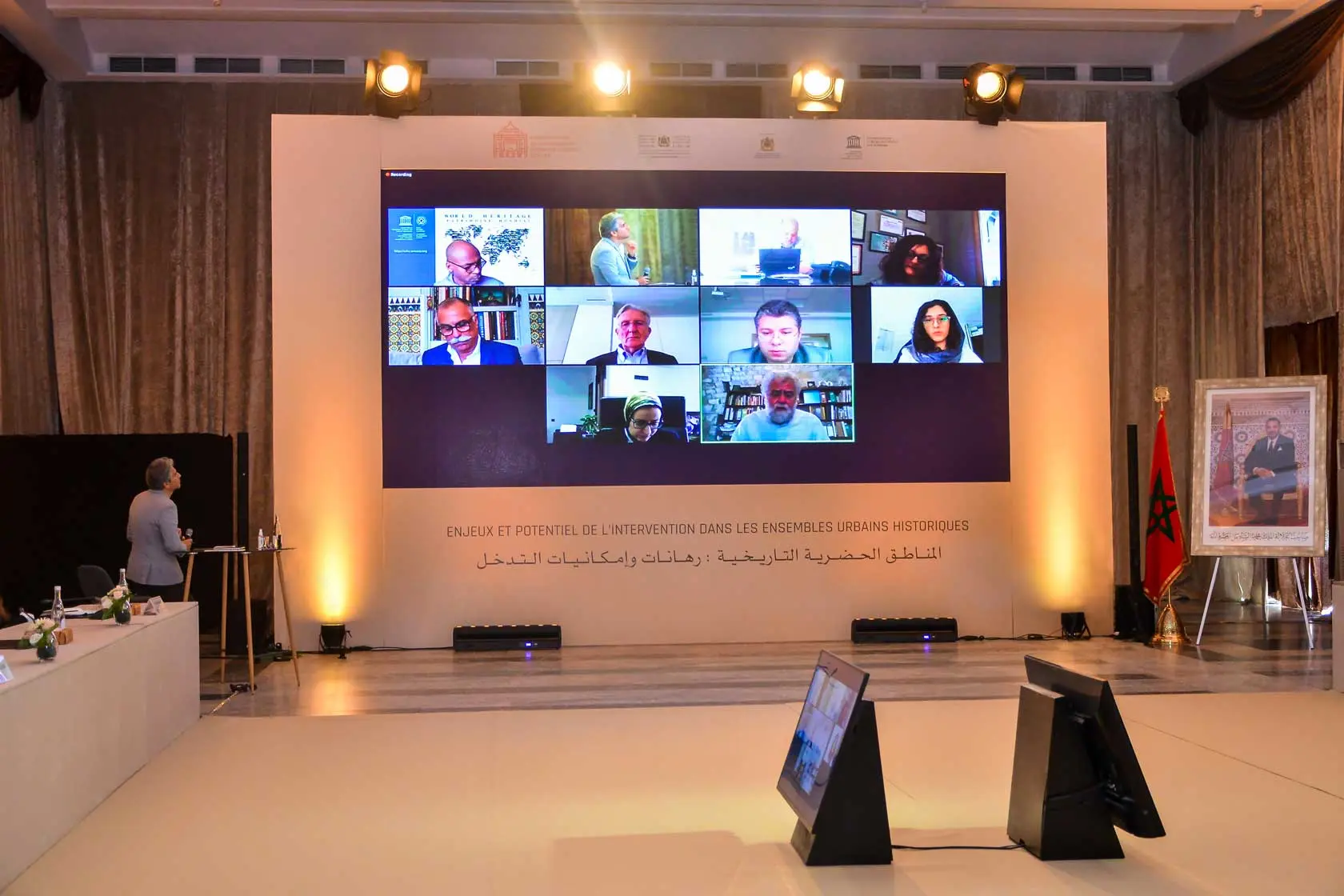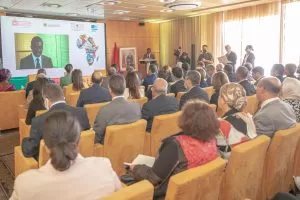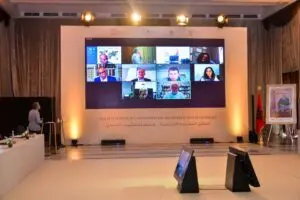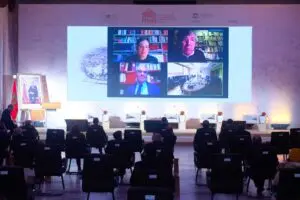To mark the tenth anniversary of the adoption of the “Recommendation on the Historic Urban Landscape” by the United Nations Educational, Scientific and Cultural Organization (UNESCO), the Foundation for Safeguarding of the Cultural Heritage of Rabat has set up a vast program of activities that will run until November 2021. This cycle was inaugurated by a technical workshop organized by the Foundation, in partnership with the Ministry Of Youth Culture And Sports, the Ministry of National Territorial Development, Urban Planning, Housing and City Policy, as well as the UNESCO Maghreb Office. The meeting allowed several experts, urban planners, architects and national and international institutional actors to exchange experiences and points of view around the challenges and potential of interventions in historic urban complexes by analyzing the case of multiple cities such as Alexandria, Beirut, Dakar, Tunis or Zanzibar.
The discussions led to the following recommendations:
- Making recommendation on the UNESCO historic urban landscape a platform for mutual and constructive dialogue between all actors in urban and architectural contemporary interventions in heritage environments;
- Understand heritage as a source of enrichment for projects and not as an obstacle to innovation and creativity;
- Design contemporary interventions so that they are not a threat to the historical dimension of heritage fabrics but on the contrary that they turn out to be an opportunity to enhance them;
- Modernize cities while respecting the integrity and authenticity of all strata of the Historic Urban Landscape (HUL);
- Preserve HUL by encouraging architectural creation through the adoption of flexible and clear legislative prescriptions and regulations;
- Provide urban agencies with support enabling them to integrate the heritage dimension into missions linked to the development of urban complexes;
- Ensure harmonious articulation between historic districts and modern areas of cities, in particular through town planning documents;
- Encourage professional and academic studies in the field of innovation and creativity relating to forms and types of contemporary architecture adapted to historic urban complexes in order to preserve their heritage values and improve the living conditions of the population.
